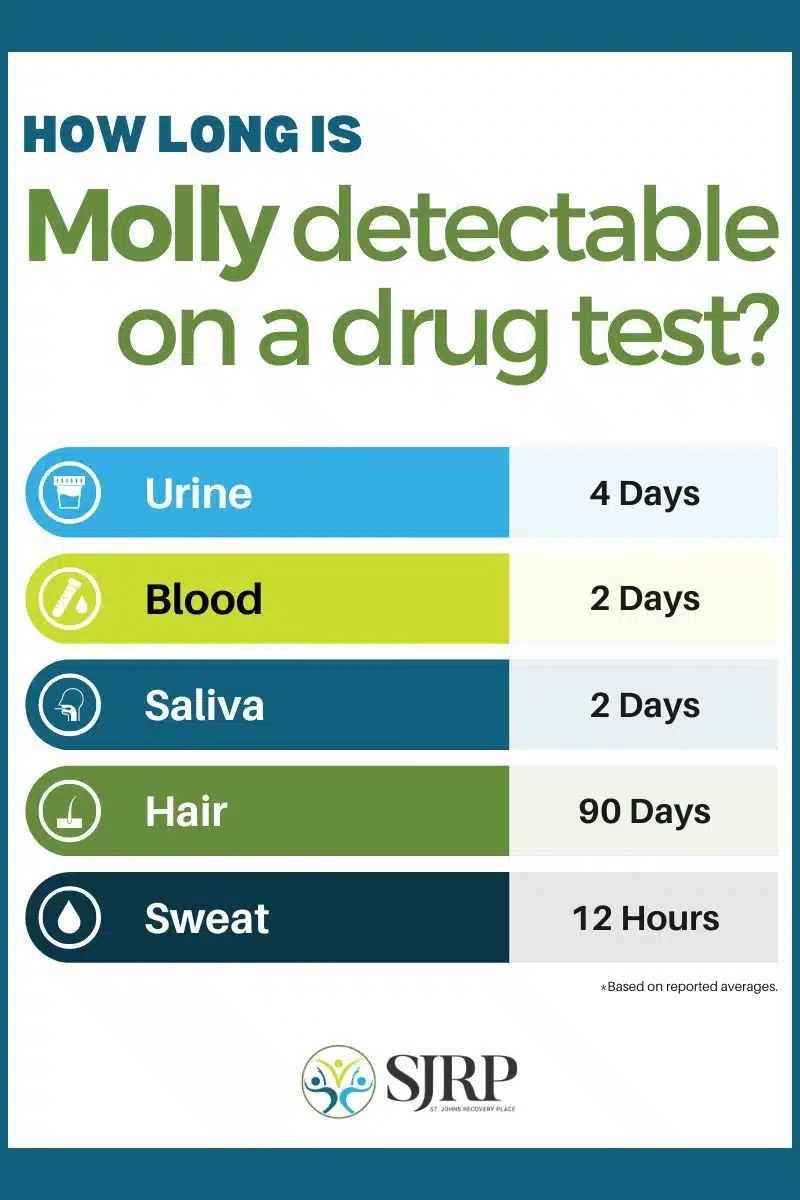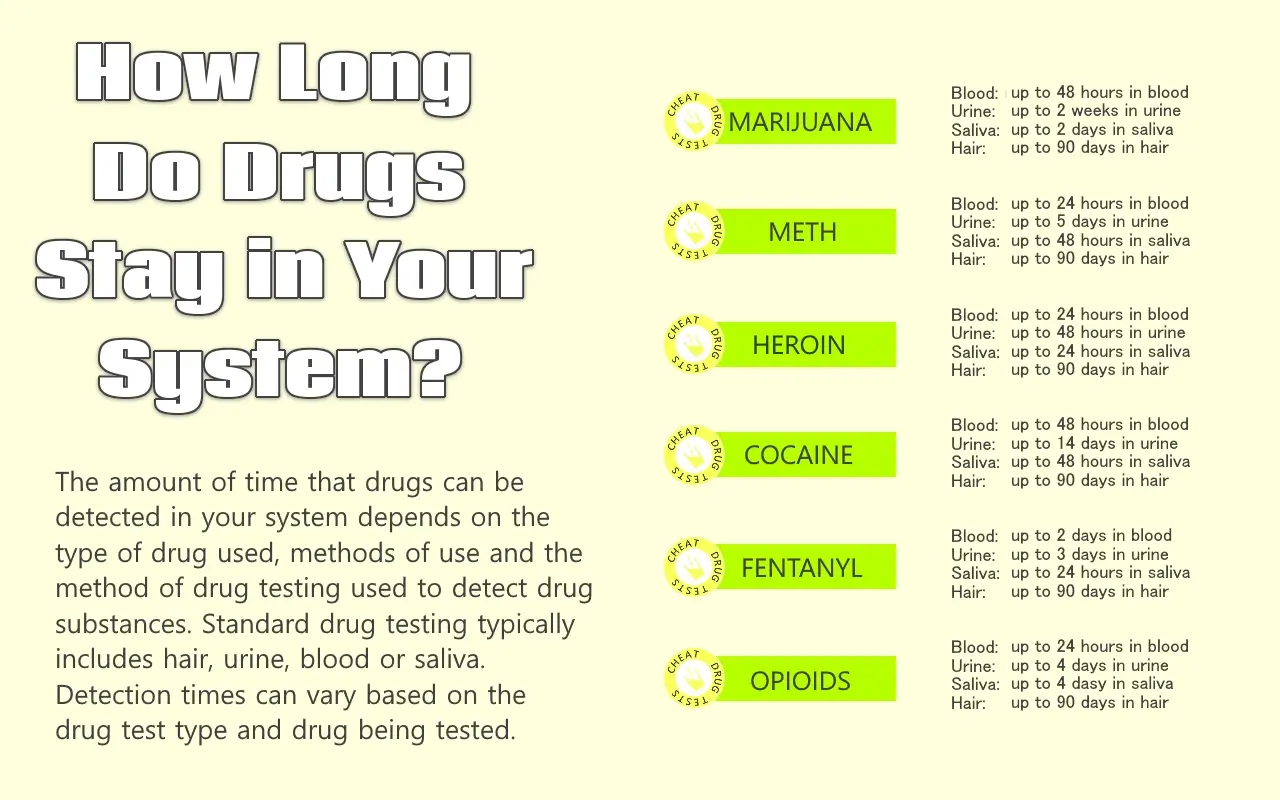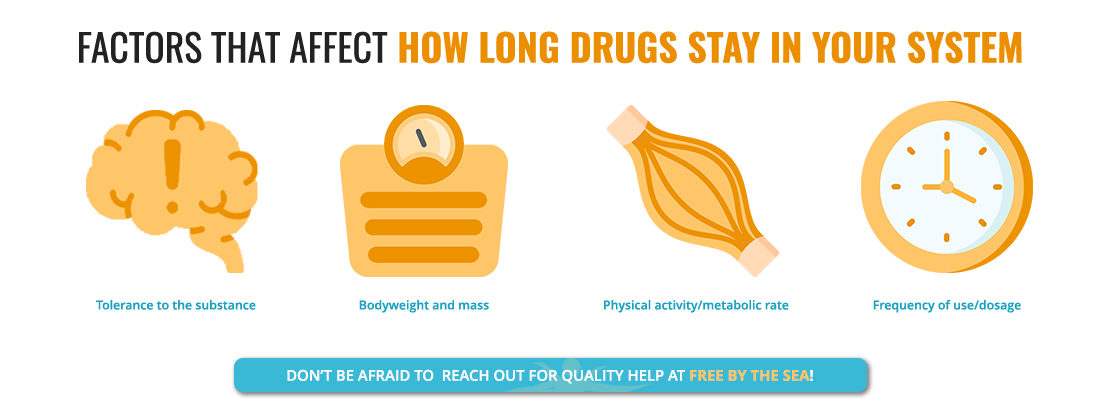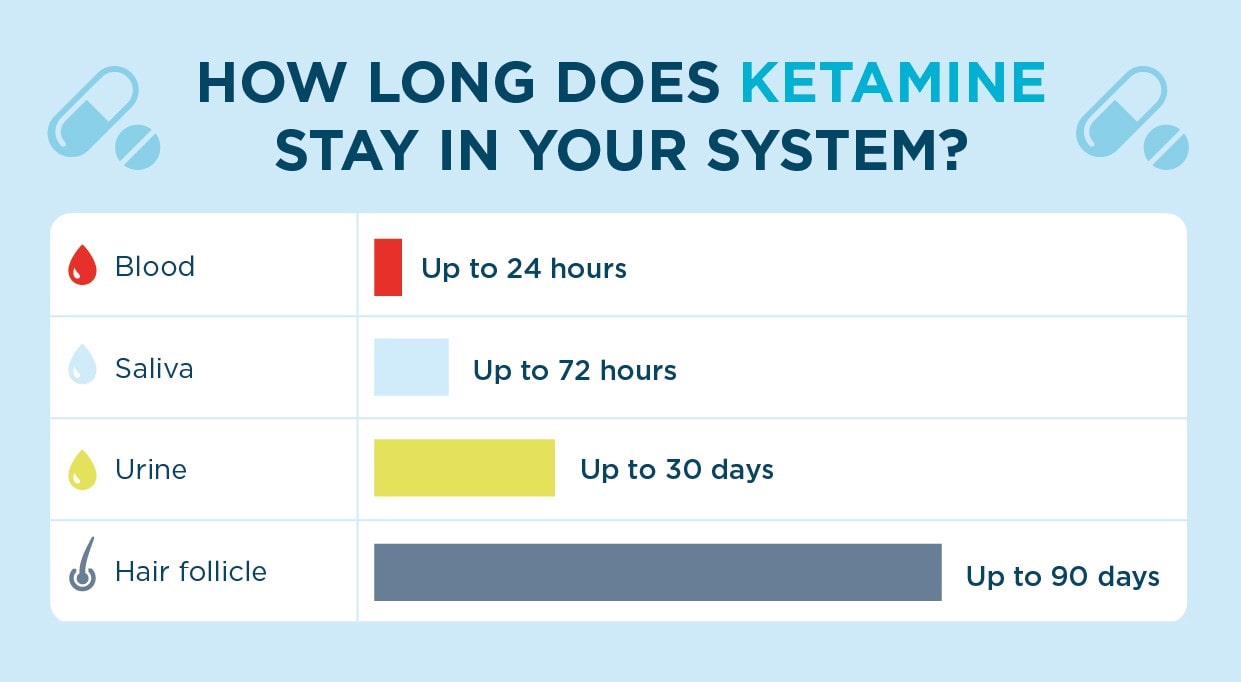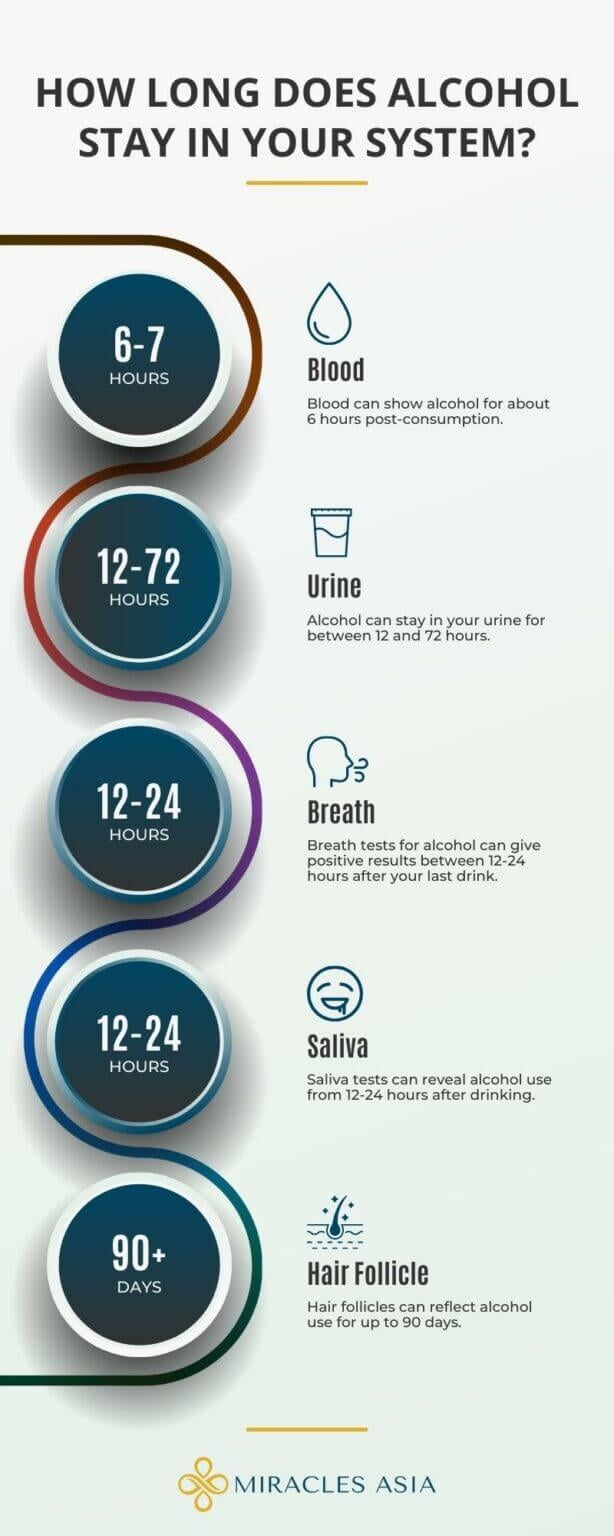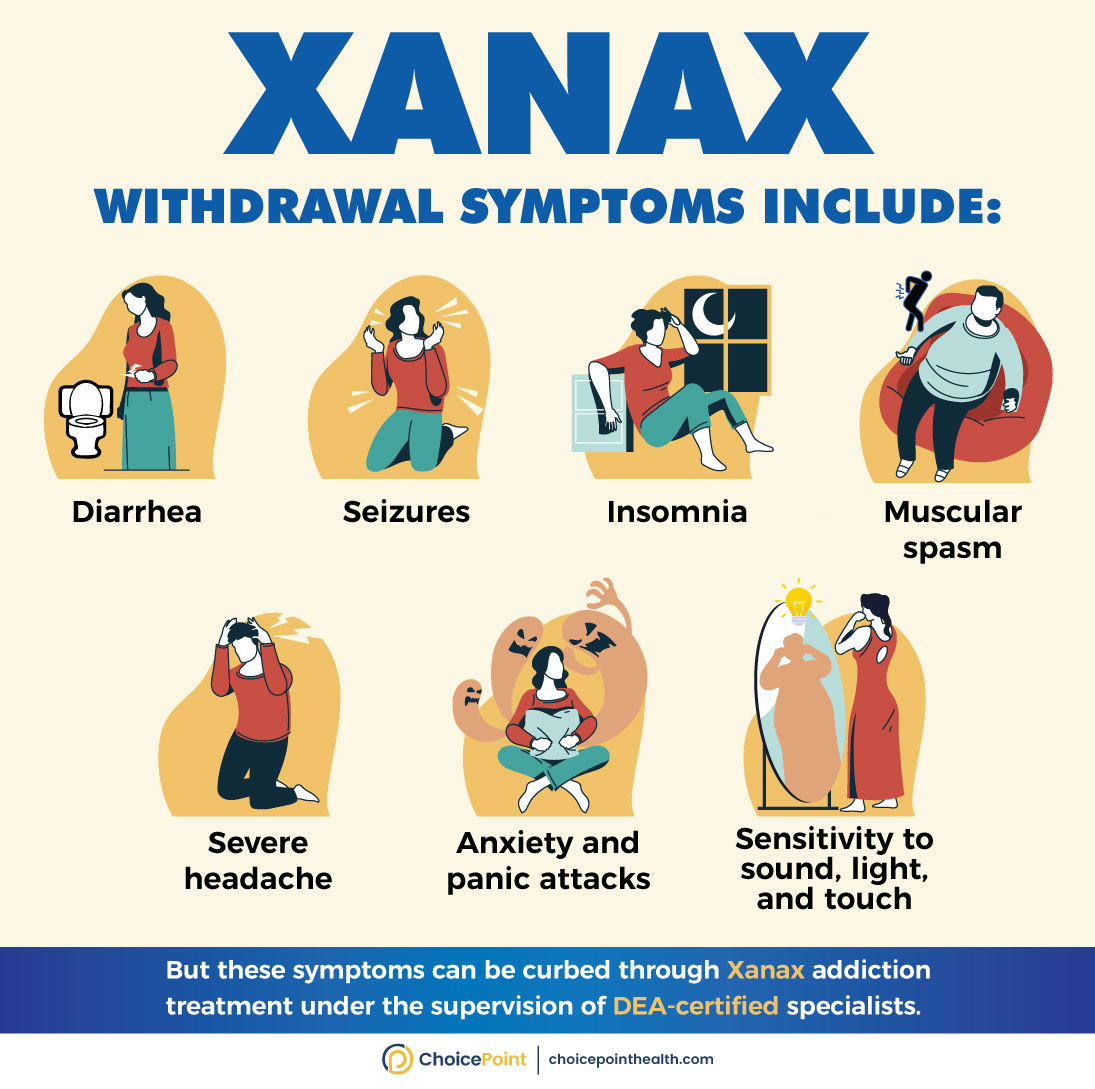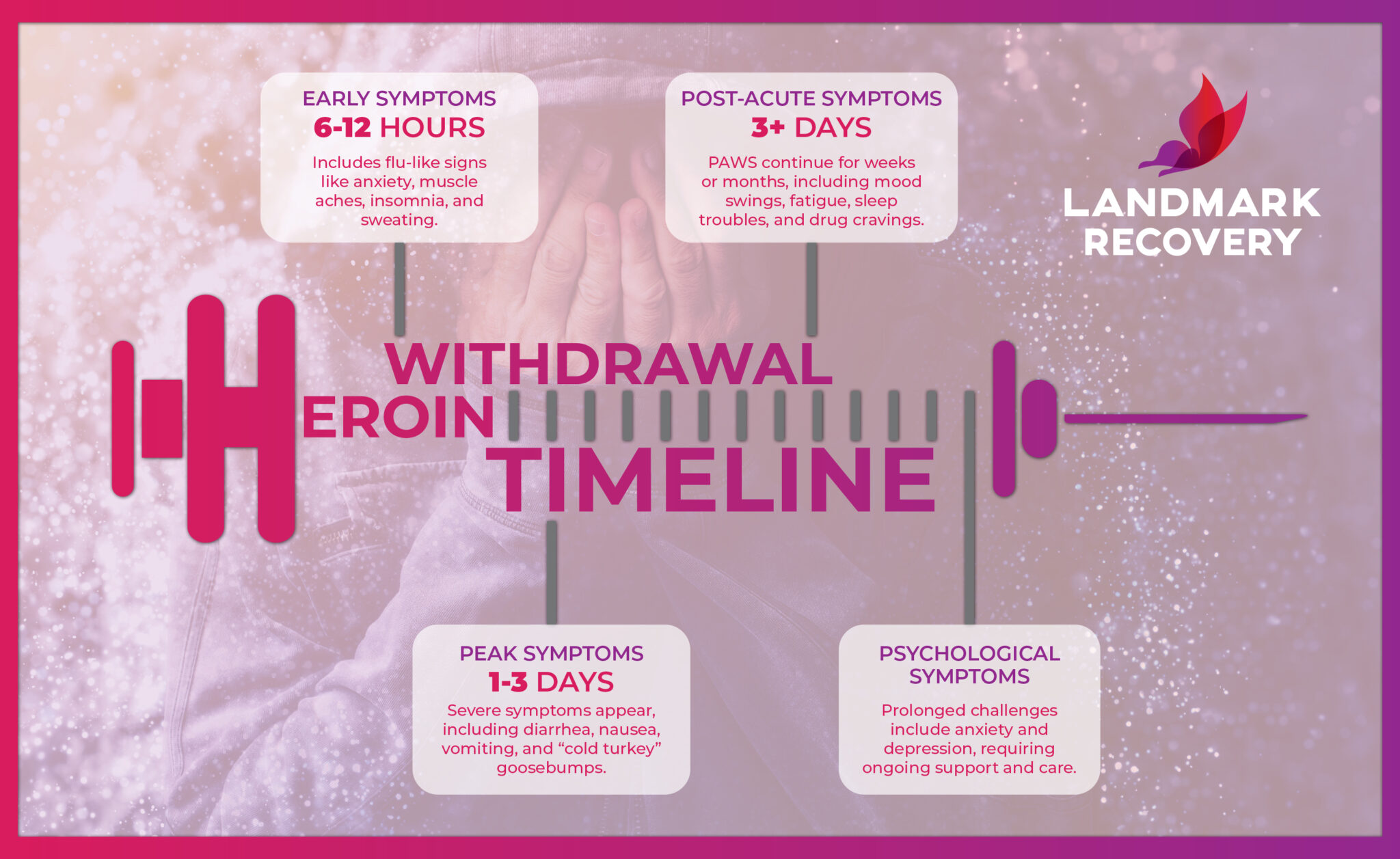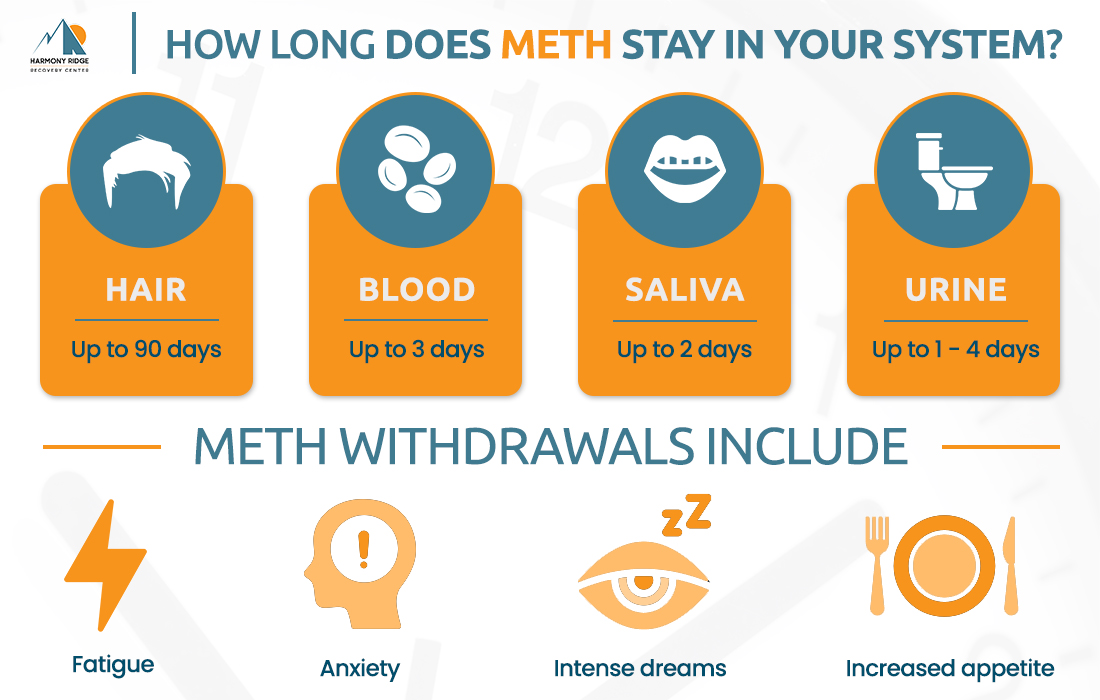How Long Does Daratumumab Stay In Your System

For patients undergoing daratumumab treatment for multiple myeloma, understanding its duration in the body is crucial for subsequent treatments and diagnostic accuracy. The persistence of daratumumab can influence future treatment strategies and the interpretation of lab results, making clarity on this topic vital.
This article provides a concise overview of how long daratumumab remains detectable in the system, based on current clinical data, to inform patients and healthcare professionals.
Daratumumab's Half-Life: The Key to Understanding Duration
The half-life of a drug dictates how long it takes for its concentration in the body to reduce by half. Daratumumab's half-life is approximately 16-18 days.
This means it takes about 16 to 18 days for the amount of daratumumab in the bloodstream to decrease by 50%.
Estimating Complete Elimination: A Multi-Half-Life Approach
Generally, it takes about 4 to 5 half-lives for a drug to be considered effectively eliminated from the body. Therefore, with daratumumab's half-life, we can estimate its complete elimination time.
Calculating based on 4-5 half-lives, daratumumab could remain detectable in the system for roughly 64 to 90 days.
Factors Influencing Daratumumab Clearance
While the half-life provides a general estimate, individual factors can influence how quickly daratumumab is cleared from a patient's system.
These factors include a patient's age, kidney and liver function, and overall health status.
Patients with impaired kidney or liver function might experience a slower clearance rate of the drug.
Impact on Subsequent Treatments
The prolonged presence of daratumumab can impact the effectiveness and safety of subsequent treatments. It’s crucial to inform healthcare providers about prior daratumumab use.
Specifically, if a patient needs to undergo stem cell transplantation or receive other immunotherapies shortly after daratumumab treatment, the drug's lingering presence could affect the outcome.
Interference with Diagnostic Tests
Daratumumab, being an anti-CD38 antibody, can interfere with certain diagnostic tests that target CD38.
This is particularly relevant in flow cytometry, a technique used to identify and count specific cells in the blood.
The presence of daratumumab can lead to false-positive or false-negative results, complicating disease monitoring and treatment response assessment.
Strategies to Mitigate Interference
To minimize the impact of daratumumab on diagnostic tests, several strategies are employed. One common approach is to use an anti-daratumumab antibody to block the drug's activity in vitro before performing the test.
Another strategy involves choosing alternative diagnostic methods that do not rely on CD38 detection.
Collaboration between the treating physician and the laboratory is crucial to ensure accurate test interpretation.
Real-World Data and Clinical Trials
Information regarding daratumumab's persistence is largely based on pharmacokinetic studies conducted during clinical trials. These studies provide valuable insights into the drug's behavior in the body.
However, real-world data is also emerging, offering a more comprehensive understanding of how daratumumab behaves in diverse patient populations.
Ongoing research continues to refine our knowledge of daratumumab's long-term effects and its interaction with other treatments.
The Importance of Patient Communication
Open communication between patients and their healthcare team is paramount. Patients should always inform their doctors about all medications they are taking, including daratumumab, and any recent treatments they have received.
This information is essential for making informed decisions about future treatment strategies and diagnostic testing.
Conclusion: Stay Informed, Stay Proactive
Daratumumab can remain detectable in the system for an extended period, potentially influencing subsequent treatments and diagnostic test results. It is crucial for both patients and healthcare providers to be aware of this persistence.
Consult with your healthcare team regarding the optimal timing for future treatments and diagnostic procedures following daratumumab therapy. Ongoing research will continue to provide a more refined understanding of the drug's long-term effects.
